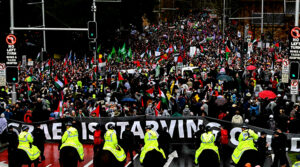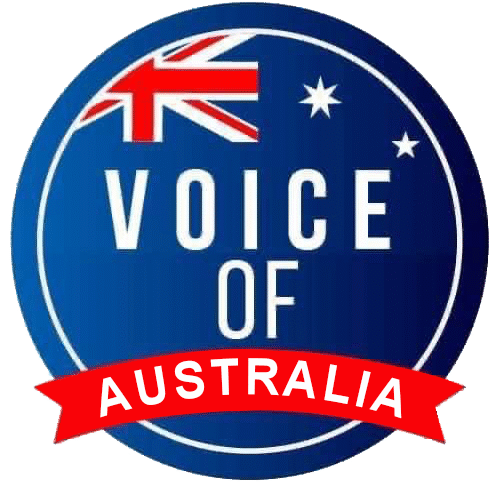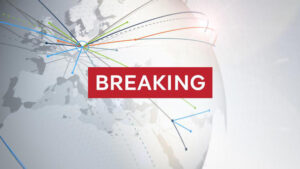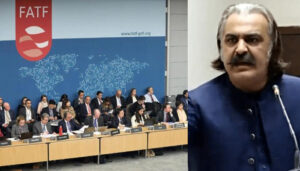Shocking Sydney Palestine Protest News 2025
Shocking Sydney Palestine: 90,000 Protesters Spark Chaos on Harbour Bridge
The Shocking Sydney Palestine protest saw 90,000 people shut down the Harbour Bridge. Police feared a deadly crowd crush. Discover what really happened, and why this matters for future demonstrations.

📑 Table of Contents
-
Introduction
-
The Scale of the Protest
-
Last-Minute Court Order and Rapid Mobilisation
-
Police Reaction and Fear of Crowd Crush
-
Crowd Control and Geo-Targeted Warnings
-
Role of Social Media and Organisers
-
High-Profile Figures Amplify the Message
-
Impact on City Infrastructure
-
Related Demonstrations in Melbourne
-
Public Reaction and Political Response
-
Lessons for Future Protests
-
Conclusion
1. Introduction
In a moment that shook Sydney and captured international headlines, more than 90,000 people took part in a pro-Palestine protest on the Sydney Harbour Bridge. The demonstration, now known as the Shocking Sydney Palestine protest, not only displayed massive public solidarity but also tested the city’s infrastructure and crowd control mechanisms to their limits. Shocking Sydney Palestine Protest News 2025
2. The Scale of the Protest
Originally planned as a relatively contained event, the protest quickly grew far beyond expectations. Organisers from the Palestine Action Group had indicated that approximately 10,000 people were expected to attend. However, the actual turnout was nearly ten times higher, a number that overwhelmed both the organisers and the police. Shocking Sydney Palestine Protest News 2025
3. Last-Minute Court Order and Rapid Mobilisation
What made this protest even more unusual was the way it came together. A last-minute court decision reversed a prior order that had denied permission to protest. This ruling came just hours before the protest was scheduled to begin, leaving law enforcement with almost no time to prepare a proper crowd management strategy.
Despite torrential rain, word spread quickly through social media platforms like X (formerly Twitter), TikTok, and Facebook. By the time the march began, the crowd had already grown beyond control.
4. Police Reaction and Fear of Crowd Crush
Acting Assistant Commissioner Adam Johnson later stated that in his 35 years of policing, this was “one of the most perilous situations” he had ever encountered. The risk of a crowd crush—where dense crowds can lead to suffocation or trampling—was very real.
Authorities feared the protest could turn fatal if not managed quickly. They resorted to using emergency protocols and called in reinforcements. Over 1,000 officers were deployed to handle the situation.
5. Crowd Control and Geo-Targeted Warnings
Police attempted to manage the chaos by issuing geo-targeted SMS alerts to participants in the CBD and surrounding areas. These messages advised people to remain calm and informed them that the march had been stopped for safety reasons. Loudspeakers were also used to redirect marchers. Shocking Sydney Palestine Protest News 2025
At one point, authorities instructed people to turn back mid-march, resulting in confusion and further congestion. Many marchers had not even reached the bridge before the route was closed.
6. Role of Social Media and Organisers
Social media played a pivotal role in both the size and pace of the protest. Once the court ruling was made public, information spread rapidly. Organisers urged attendees to maintain peace and cooperate with police, even posting on social media:
“Too many people have joined. Please turn back if you’re still on the way.”
While the organisers were praised for encouraging calm, their underestimation of the turnout has led to criticism. Some officials have questioned whether protest permits should require stronger crowd prediction models or emergency planning protocols. Shocking Sydney Palestine Protest News 2025
7. High-Profile Figures Amplify the Message
The protest gained further traction when well-known public figures joined the event. These included WikiLeaks founder Julian Assange, whose presence highlighted the event’s global political undertone, and Craig Foster, former Australian soccer player turned human rights advocate.
Their participation brought increased media attention, possibly encouraging more onlookers and supporters to join the protest last-minute.
8. Impact on City Infrastructure
The sheer number of people had a significant impact on Sydney’s infrastructure. Several city train stations, including Wynyard and Town Hall, were closed due to overcrowding. The Sydney Harbour Bridge, which closed at 11:45 AM, remained shut until 5:00 PM, one hour longer than planned.
Public transport systems were overwhelmed, and emergency services were on high alert throughout the afternoon.
9. Related Demonstrations in Melbourne
Similar protests occurred in Melbourne, where thousands gathered in solidarity with Palestinians. A tense standoff took place when protesters attempted to cross the King Street Bridge, only to be met by a wall of police officers. While the situation remained largely peaceful, it mirrored the logistical issues seen in Sydney.
This simultaneous protest suggests that pro-Palestinian activism in Australia is growing not only in size but also in coordination and national impact.
10. Public Reaction and Political Response
Public reaction to the Shocking Sydney Palestine protest was mixed. While many praised the turnout as a symbol of human rights solidarity, others expressed concern over the safety risks and lack of preparation. City officials are now facing calls to improve systems for approving and managing large-scale events on short notice.
Some lawmakers supported the right to protest but also emphasized the need for stricter planning when public safety is at stake.
11. Lessons for Future Protests
This event raises several crucial questions:
-
Should protests of this size require formal safety assessments in advance?
-
Can city infrastructure support spontaneous demonstrations?
-
How can police and organisers better coordinate under tight timelines?
One clear takeaway is the need for real-time communication tools such as geo-targeted texts, crowd flow monitoring, and decentralised checkpoints.
Read More
5 Facts: Palestine March Sydney Blocked & Backed
12. Conclusion
The Shocking Sydney Palestine protest was more than just a political gathering—it was a test of civic infrastructure, social media influence, and the ability of police and the public to act responsibly under pressure.
While no major injuries or fatalities occurred, it was a close call. The scale, emotion, and visibility of this protest will likely serve as a case study in modern protest management. In the end, the message was heard—but so were the sirens of a city on edge.
As Deputy Commissioner Peter McKenna concluded:
“Gee whizz, I wouldn’t like to try and do this every Sunday at this short notice




